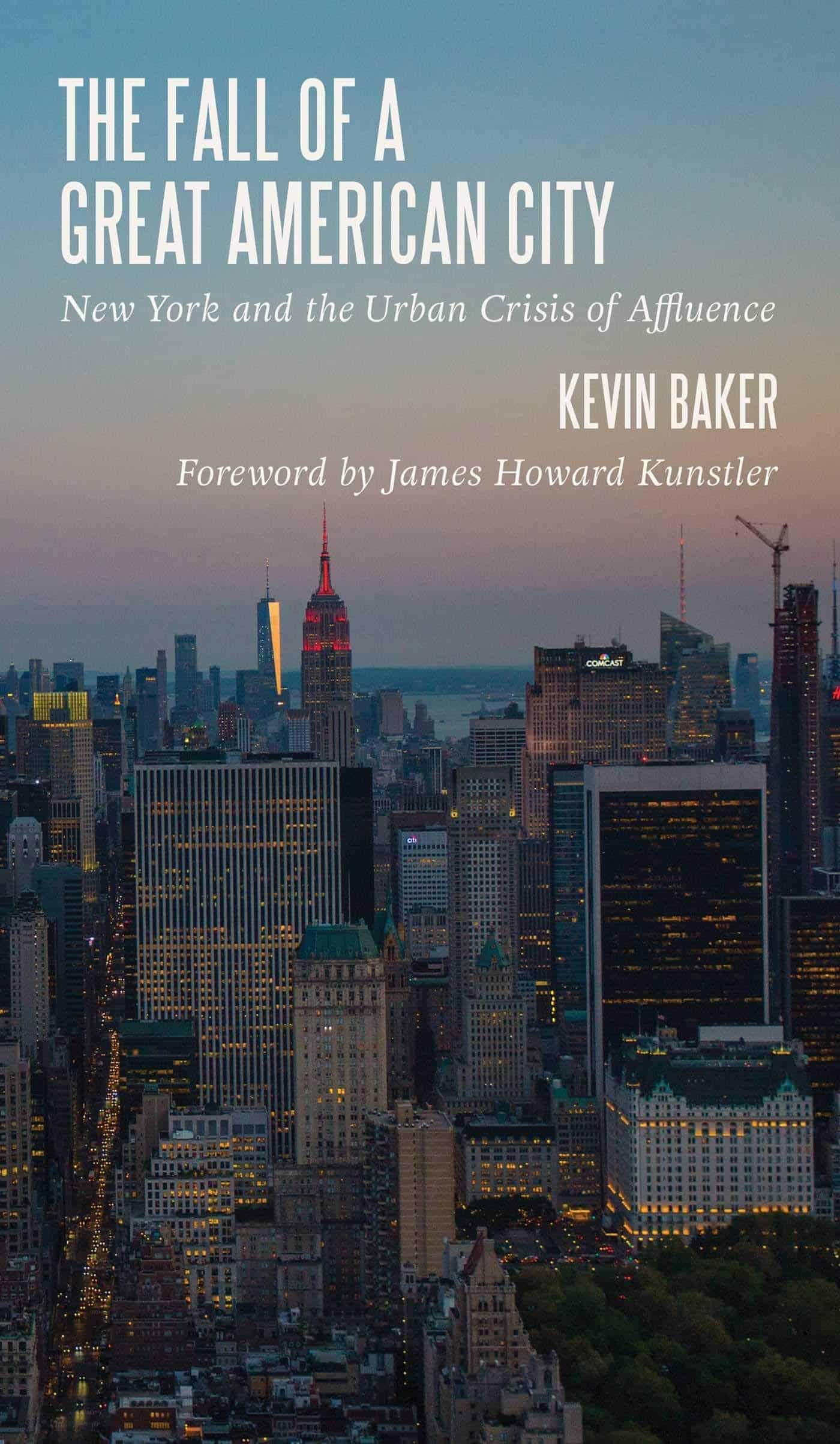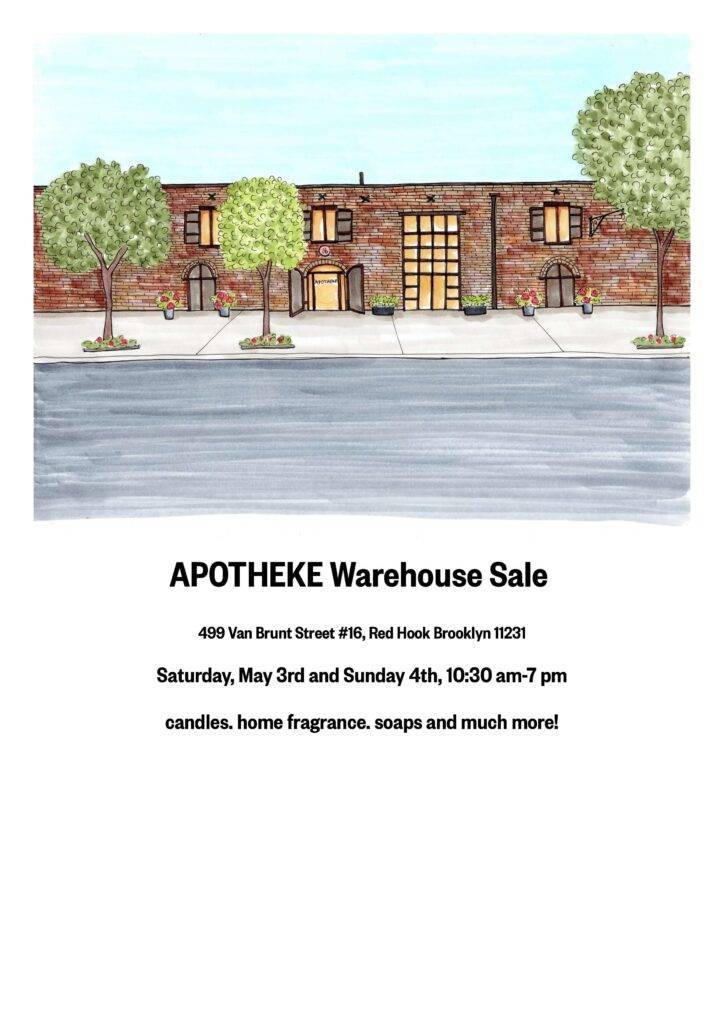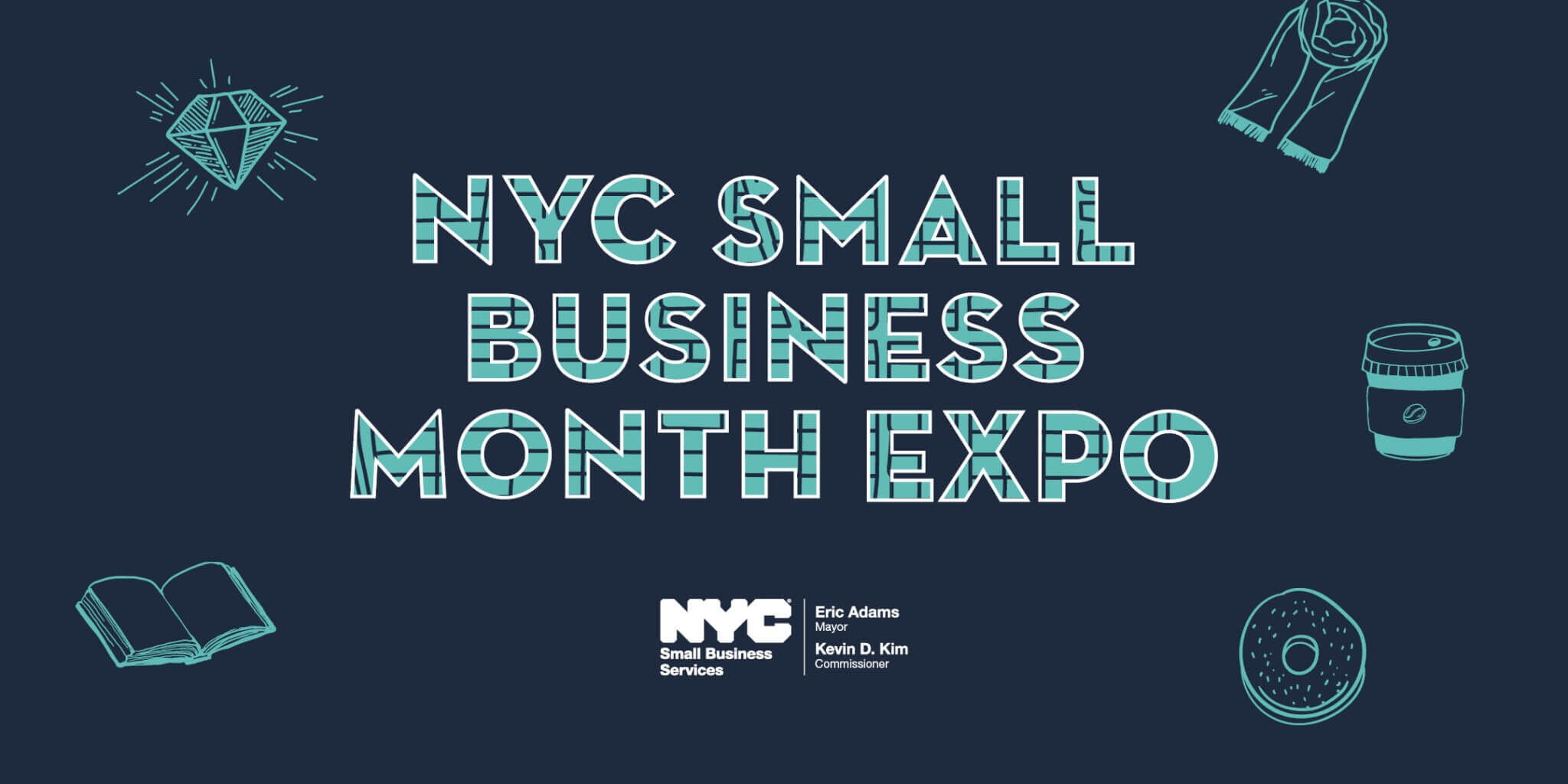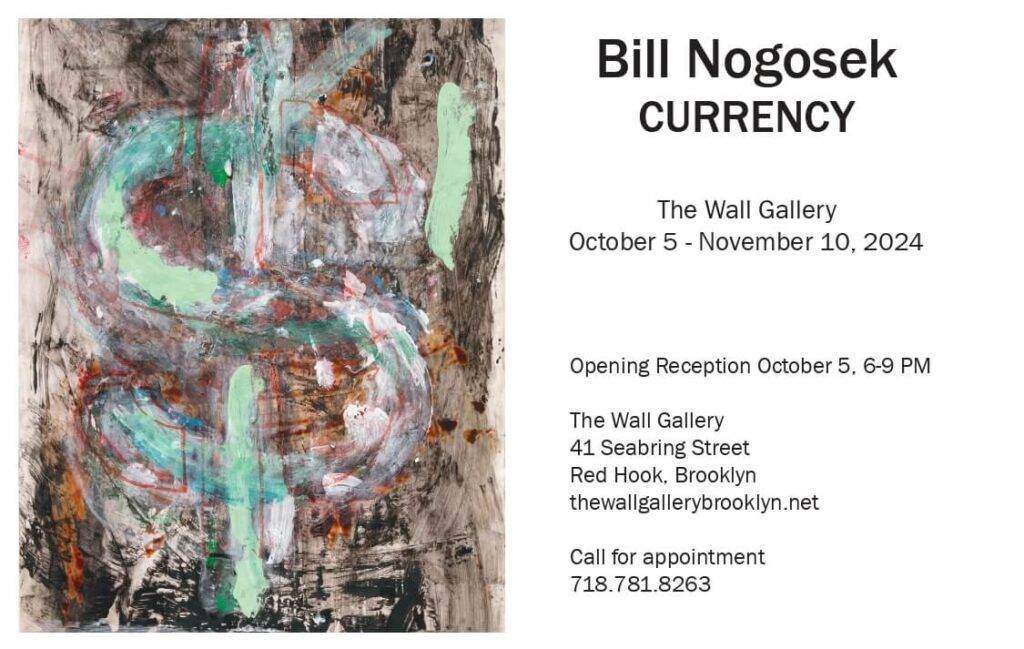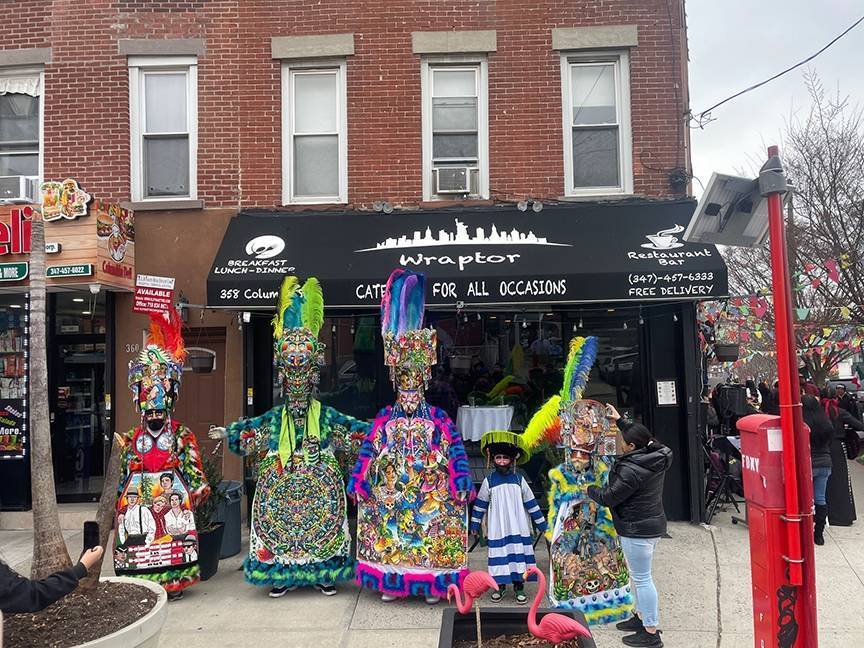Review of Kevin Baker’s The Fall of a Great American City: New York and the Urban Crisis of Affluence
Years ago, I came across a seldom-seen friend on Houston Street. Ranee was sitting on a bench in front of an American Apparel, wearing sunglasses and eating an ice cream cone, looking very self-satisfied.
We marveled at the unlikely odds of bumping into one another. “This is what makes New York an ‘A’ city,” she crowed, waving her cone around. I had no idea what she meant, but she was an unusual person whom I liked a lot, and now chance had thrown us together for a few minutes in our busy lives to watch the summer sun sink between the buildings.
As I went on my way afterward, I was left with the elated feeling that the city ruled and Ranee was one of its queens with her scepter. Still, I’d never thought of giving the city a grade before, like the health department gives restaurants. What makes New York an “A” city?
In his slim treatise, The Fall of a Great American City: New York and the Urban Crisis of Affluence, writer Kevin Baker cites some of his criteria. An awareness of its past. Being a place of opportunity, and of refuge, for all races and classes of people. “It should not be peaceful, but it must be a place of peace,” Baker notes cryptically, as well as “a place where you see things you don’t see anywhere else, especially in our increasingly imposed, top-down society of today.”
Baker, who’s lived in New York since 1975, sees a marked decline in city life. He condemns “the systematic, wholesale transformation of New York into a reserve of the obscenely wealthy and the barely there – a place increasingly devoid of the idiosyncrasy, the complexity, the opportunity, and the roiling excitement that makes a city great.”
“Almost everything of use is gone,” Baker laments. His list includes bakeries, butchers, cobblers, repair shops, hardware stores, dive bars, good restaurants (in terms of food and affordability), and movie theaters. Businesses that survive are mostly chains (especially banks and drugstores). Everywhere are empty storefronts, which Baker compares to the “growing, oxygen-depleted dead zones of our oceans and lakes, polluted with pesticide runoffs and smothered in runaway algae blooms.”
Political scams and “mindless development schemes that are so grandiose that they have become even more destructive than the problems they were supposed to solve” are two of the culprits fingered. Baker writes, “Selling out has become an accepted way of proceeding in New York, not just for universities and tax-exempt churches, but for all sorts of subsidized institutions that are supposed to serve at least a semi-public purpose.”
Landlords come under fire, for their greed in commercial leases, and for the headaches associated with housing. (Baker points out that more than half of New Yorkers pay more than 30 percent of their income in rent.) Baker also explains the practice of “‘land banking,’ where wealthy individuals from all over the planet scoop up prime real estate to hold… as an investment opportunity.” As Baker sees it, these people don’t live here, yet they’re taking up valuable space. (Same goes for the tourists, but at least they fulfill a function.)
He cites other grim statistics. While New York continues to be the most expensive city in the country, the Bronx remains the poorest urban county in the USA. New York has a record level of homelessness. And, Baker writes, the opioid crisis “killed three New Yorkers a day in 2016.”
Baker wants to make it clear that he’s not simply romanticizing the city he equates with his youth. (Things he doesn’t miss about New York in the ‘70s: cockroaches, crime, garbage.)
Obviously, Baker concedes, New York still has some pretty special things. Public parks, museums, the theater district, and “institutions of learning that are everywhere,” are at the top of his list. Grand Central Terminal gets a special shoutout.
Confusingly, Baker understands, our thoughts about the city we call home often run counter to one another. He writes, “New York today – in the aggregate – is probably a wealthier, healthier, cleaner, safer, less corrupt, and better-run city than it has ever been.” Yet at the same time, Baker complains, “almost any public service or space in the city… has been diminished, degraded, appropriated.” (Subway system, he’s looking at you.)
Baker takes as a case study the city’s (unsuccessful) courtship of the Internet juggernaut Amazon and its plans to subsidize the company’s proposed move to Queens. “In return for its promise to bring at least 25,000 – maybe 40,000! – jobs…over the next twenty-five years…Amazon was to receive an immediate $1.8 billion in state and city subsidies and tax breaks, and another $1.2 billion when it produced the jobs,” Baker explains, noting that “the dirty little secret” is that companies like Amazon are hellbent on “removing workers – both the workers in the countless smaller retail and online companies Amazon crushes on a daily basis, and within the company itself,” as it replaces human workers with robot technology.
Before the city gets down on one knee in front of the next business behemoth looking to set up shop, it’s well-worth remembering, Baker points out, that “[t]he city did nothing of note, for decades, to keep the area’s old manufacturing businesses – which employed thousands of working New Yorkers – from moving out. It also did nothing of note to aid the small businesses and artists that moved in to replace them.”
When an earlier version of The Fall of a Great American City was published online by Harper’s Magazine in 2018, it went viral. Its tone of righteous indignation (so prevalent in online writing, where everyone is encouraged to shout over all the other noise) comes across differently on the page. Even if you agree with what Baker’s saying, the way he says it might get your back up.
Yet Baker is not some hack. A 2017 Guggenheim Fellow for nonfiction, he’s also a bestselling writer of historical fiction. His novels demonstrate his deep involvement with the city’s past, especially his “City of Fire” trilogy – Dreamland, Paradise Alley, Strivers Row – which reimagines historical events in the 1900s, the 1860s, and the 1940s, respectively.
Here Baker writes from a personal, more impassioned place. But that emotionalism has created a kind of tunnel vision. He can only see things one way. And his bias (as a historical novelist especially) might be that the past was a more interesting place. Baker’s book would have benefited from his taking a step back to fit his perspective into a larger picture that accounts for other kinds of people feeling differently, and exploring who they are and the reasons why they feel as they do.
As it is, the physicality of the book feels somewhat slight. Twenty-five of its 167 pages are given over to its sources, including articles from the New York Times and New York magazine, and blogs such as Curbed and Jeremiah’s Vanishing New York (itself a eulogy to a lost city). It feels like Baker’s skimmed off the top of a lot of his reading, instead of going deeply into a few central sources. One might be better off tracing Baker’s thinking to its roots. One of them is Jane Jacobs’s landmark work on the subject, The Death and Life of Great American Cities.
One thing I’d have liked Baker to explore is how the city has changed because of the Internet. It used to be that people lived in the city, or outside the city, and something like a membrane separated the two, and you could feel the change traveling from one place to another. We all live online now. Convenience is at the touch of our fingertips. But the technology connects and isolates simultaneously. Interesting cities require us to engage.
The places where Baker’s book most moved me were in his personal reminisces. More than the research and statistics, these stories better show what’s been lost and make us reflect on what else we stand to lose. After all, each of us who lives here has our own, deeply personal relationship with the city, what we each think of as my New York.
The larger problem, of course, is bigger than New York. As Baker understands, it’s “how to live in an America where we believe that we no longer have any ability to control the systems we live under.”
Then again, the problem is even bigger than America. “Facing our growing environmental crisis, it is clear that we need cities more than ever to survive,” Baker writes. That sounds important, but Baker doesn’t float many solutions for the problems he’s raised. Meanwhile, the water levels continue to rise.
As for my friend, Ranee, Ranee whom I seldom see? Now I never do. Ranee got the hell out of Dodge. She moved to Richmond, Virginia.

